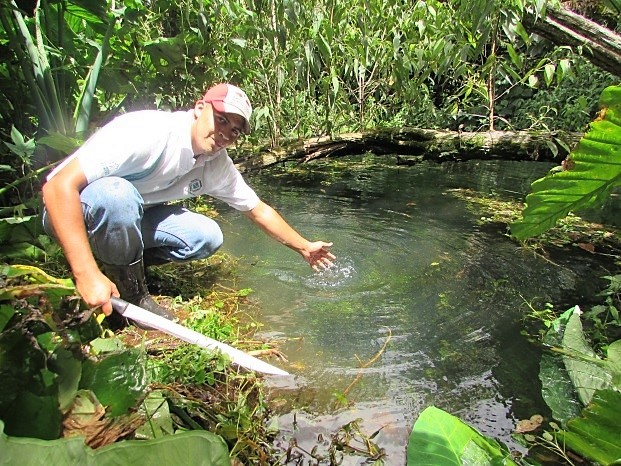Informed by the climate change vulnerability and land use assessment, the framing of climate change adaptation objectives and strategies was undertaken aimed at improving park resilience to climate change.
The climate change adaptation objectives and strategies were reviewed by stakeholders at a workshop held in Lusaka in October 2017. The workshop was attended by park managers from Department of National Parks and Wildlife, Nsumbu National Park and others. Inputs provided by stakeholders was used to further develop the adaptation objectives and strategies into a park climate change strategy. The strategy included a goal, scope and objectives, adaptation strategies as well as implementation and monitoring plans. key indicators and parameters for monitoring changes in vulnerability and resilience were also included.
Another workshop was held in December 2017 in Lusaka to validate the climate change strategy. The workshop was attended by Ministry of Tourism and Arts and Ministries responsible for Environment, and Natural Resources as well as key Departments and Agencies. Others were representatives from Nsumbu National Park, Nsumbu-Mweru Wantipa Management Area, Lake Tanganyika Development Project. The final park climate change strategy was to be integrated into & annexed to the GMP.
